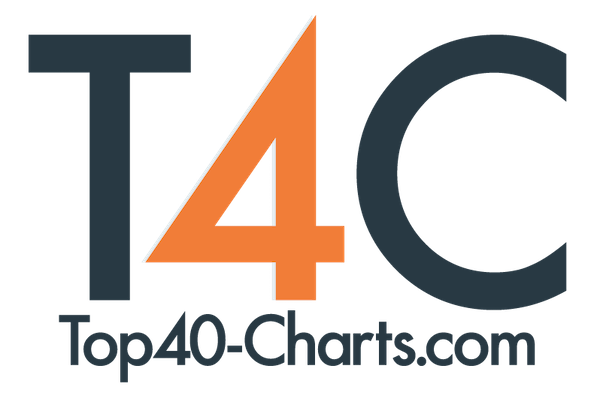
NEW
YORK ( PPCA) - Australian recording artists and record companies have
joined forces to seek the removal of an anachronistic statutory price
cap on the fees paid by the commercial radio industry for the broadcast
of recordings.
A law embedded in the Copyright Act since 1969
has protected commercial radio from paying a fair market rate for the
recordings used to attract and retain listeners.
For the last 36
years, this law has meant that Australian recording artists and record
companies have subsidised the growth and profits of the commercial
radio sector. The main beneficiaries have been the proprietors of FM
radio, which is now a $540 million a year business. The entire
Australian commercial radio sector is now a $770 million a year
industry.
A coalition of recording artists, working with
Phonographic Performance Company of Australia (PPCA) - which collects
broadcast licence fees on behalf of artists and copyright owners -
welcomes the Federal Government's decision to review the Copyright Act
to determine whether or not the retention of the cap is warranted. The
Attorney-General's Department has issued a discussion paper on this
issue and has sought responses from interested parties. PPCA lodged a
detailed submission on 18 March.
"Radio, particularly the FM
sector, in Australia is a mature, highly profitable industry that does
not need a subsidy or legislative price protection for one of its key
business inputs - recordings," said PPCA Chief Executive, Stephen Peach.
"Australian
artists and copyright owners are seeking a fair price for their work
and for the law to be updated so that it is consistent with all other
comparable countries."
In Australia, commercial radio's annual
broadcast licence fee payment totals only $2.75 million � this is the
total amount paid by commercial radio for all the recordings played in
Australia each year. Yet these recordings underpin the profitability of
many radio stations, particularly FM operators. This is significantly
out of step with international practice, where market rates of between
2% to 4% are commonly paid versus the 1% statutory cap in Australia.
This points to the extent of the statutory cost protection enjoyed by
the FM radio industry in Australia.
Today, FM Radio, (which
drives its business from the broadcast of recordings) is highly
developed and highly networked with a small number of dominant
operators. Annual revenues for FM
Radio in Australia are about $540
million and the sector is highly profitable. Companies compete
vigorously to buy FM broadcast licenses in Australia, paying millions
of dollars for them. British-owned DMG, for example, which owns FM
licences across a number of states, paid $155 million for its first
licence in Sydney, $106 million for a second licence in the same city
and tens of millions of dollars for additional licences in Melbourne,
Brisbane, Perth and Adelaide. Yet FM radio continues to enjoy
unjustified price protection for the cost of recordings, at the expense
of record labels and recording artists who produce them.
Leading
Australian recording artists from platinum sellers to emerging artists
such as Kasey Chambers, Powderfinger, Amiel, Guy Sebastian, Living End,
Thirsty Merc and
Sarah Blasko have attached their names to the push for
change.
"Most Australian artists and musicians rely on income
from the radio broadcast of their music and for too long they have not
received a fair return from radio," Stephen Peach said.
"Careers
in music are often short and hit songs are few and far between," added
Stephen Peach. "Licence fees for the playing of recordings on radio are
a potentially important source of income for Australian artists."
Of
course, there is a handful of high-profile, bankable artists for whom
such income may not be a major issue. But for most Australian recording
artists, the annual broadcast licence fee payment is in the order of
only a few hundred dollars. Under PPCA's Direct Artist Distribution
(DAD) Scheme in 2004, only 7.5% of PPCA's registered Australian artists
received more than $1,000 in fees from commercial radio for the playing
of their recordings on commercial radio.
Under the DAD Scheme,
which has been in operation for over ten years, half of the amount
available for distribution in relation to the broadcast of Australian
recordings is available for direct payment to Australian artists. The
rest of PPCA's distributions are paid to copyright owners (usually
record companies) and then dealt with under individual record
contracts.















 NEW
YORK ( PPCA) - Australian recording artists and record companies have
joined forces to seek the removal of an anachronistic statutory price
cap on the fees paid by the commercial radio industry for the broadcast
of recordings.
NEW
YORK ( PPCA) - Australian recording artists and record companies have
joined forces to seek the removal of an anachronistic statutory price
cap on the fees paid by the commercial radio industry for the broadcast
of recordings.